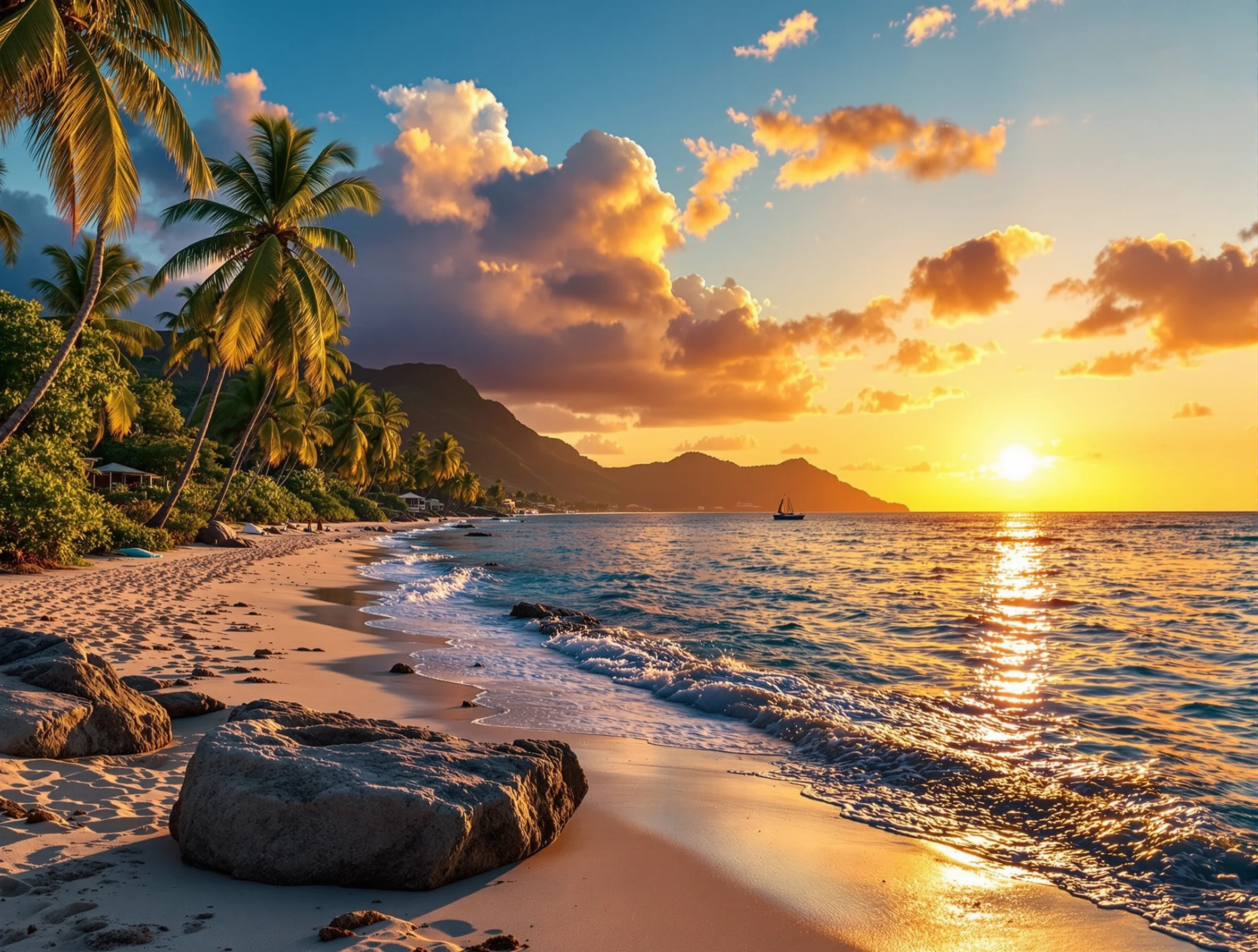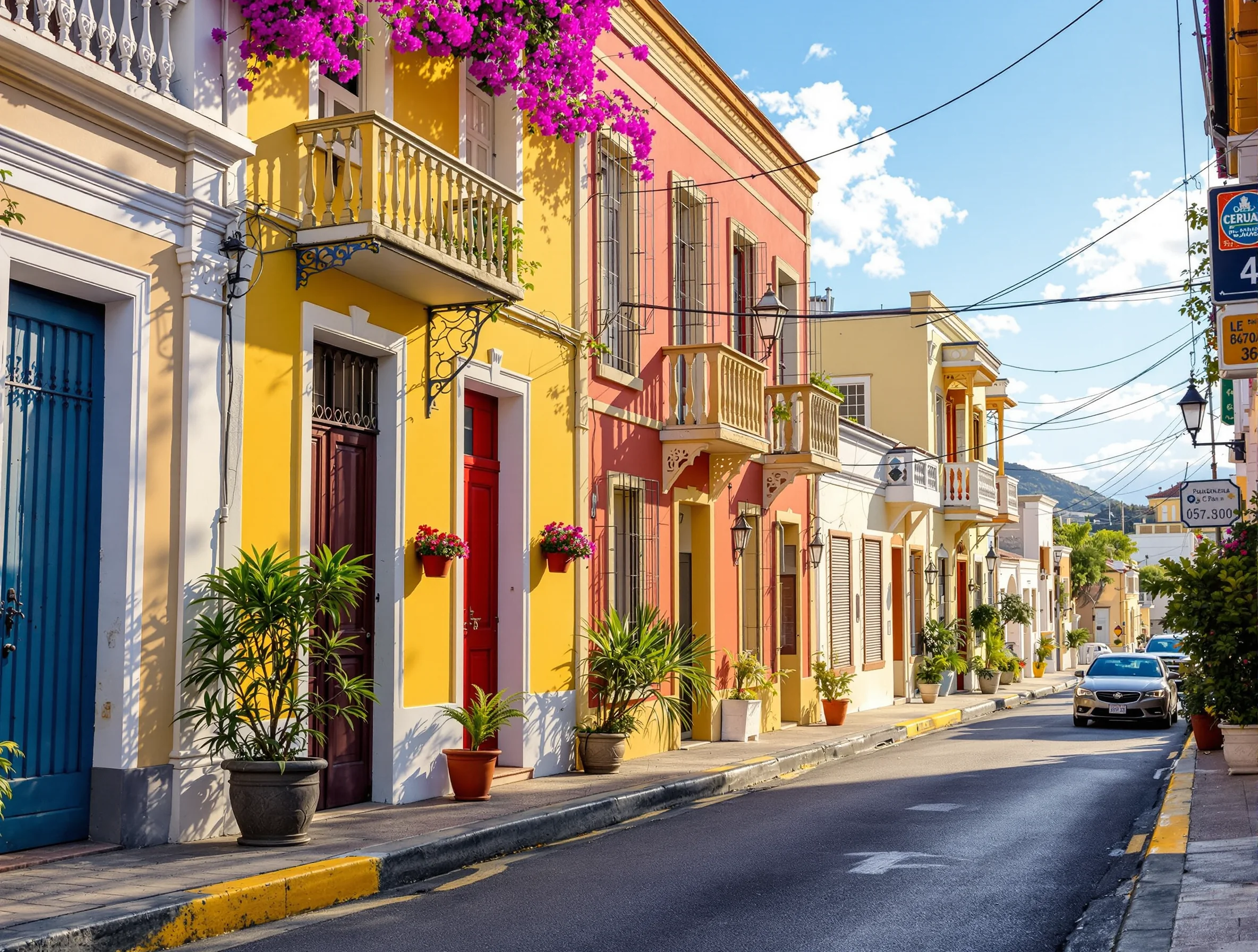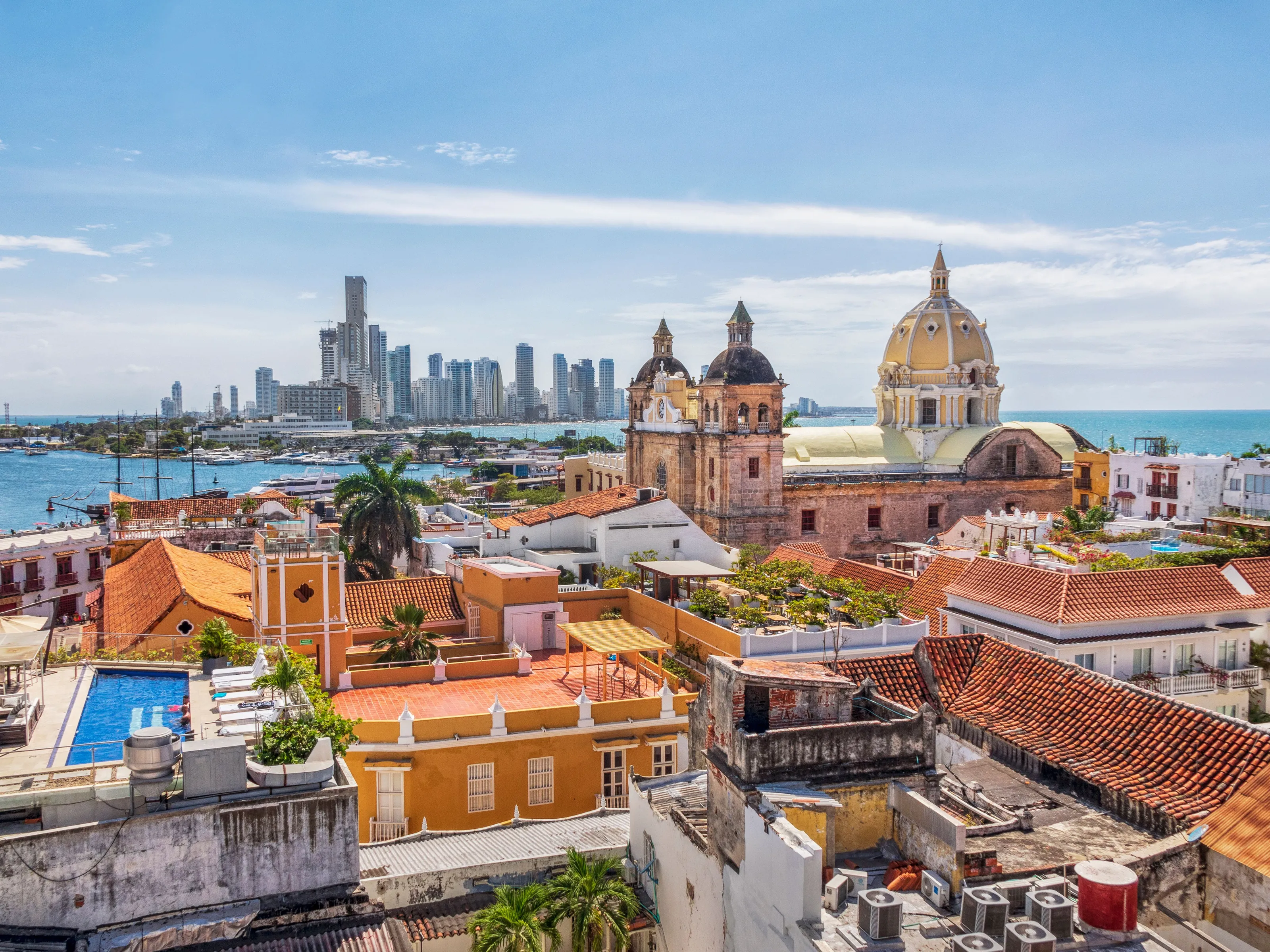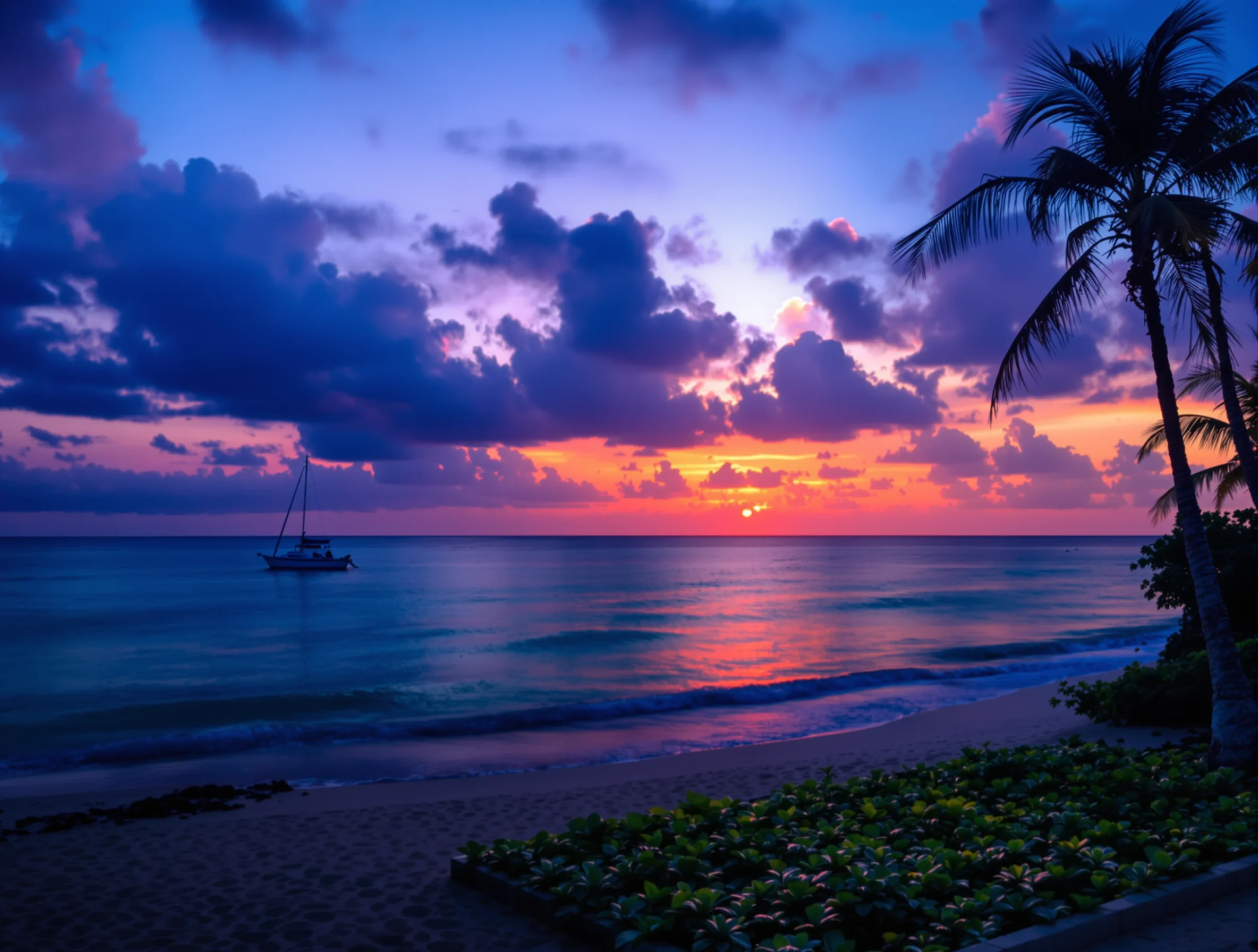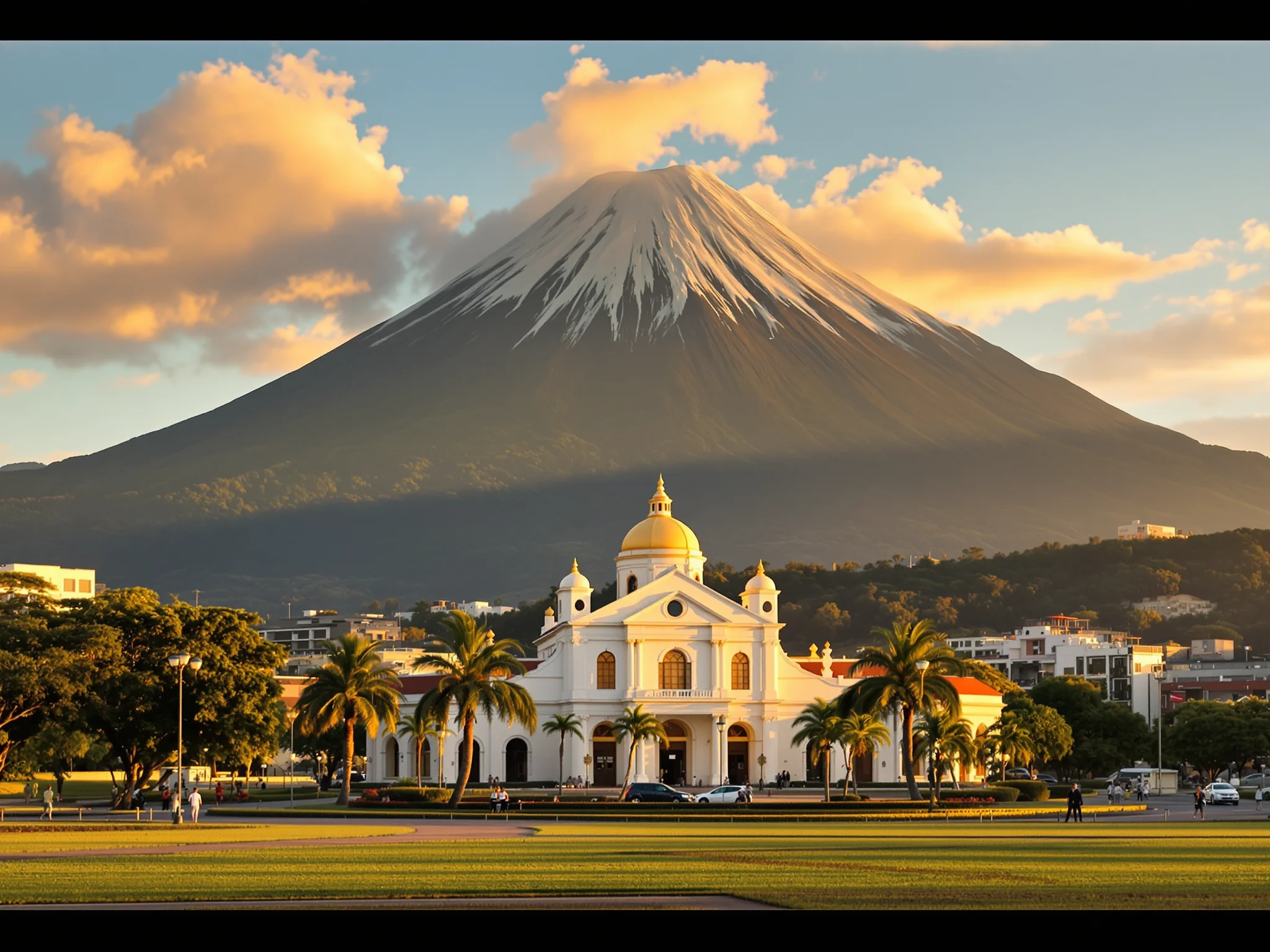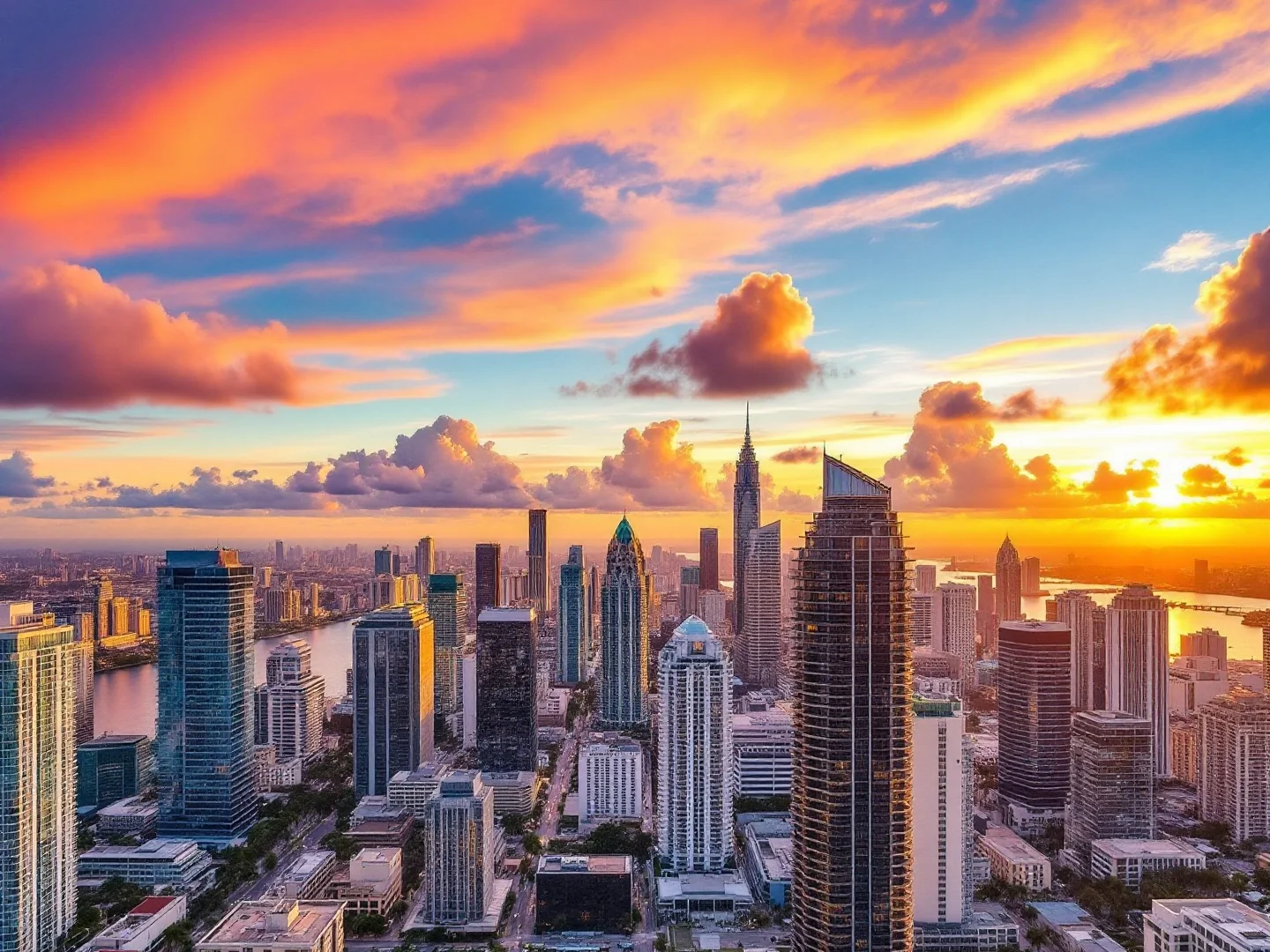Why Visit Panama City?
Panama City straddles worlds where Miami-like glass skyscrapers tower over Cinta Costera waterfront promenade, colonial Casco Viejo's UNESCO cobblestones host rooftop bars in restored Spanish buildings, and the Panama Canal—one of humanity's greatest engineering feats—moves 14,000 ships annually between Atlantic and Pacific, cutting 8,000 nautical miles off voyage around South America. The capital (city pop. ~410,000; metro just over 2 million) serves as banking hub ('Switzerland of the Americas'), transportation nexus (Copa Airlines' massive hub at Tocumen Airport connects the Americas), and contrast study where indigenous Emberá villagers paddle dugout canoes 30km from downtown skyscrapers.
The Panama Canal defines the city—visit Miraflores Locks ($17 for non-residents, best visitor center) to watch massive container ships rise/fall in lock chambers that each hold about 26 million gallons (≈100 million liters) of water—a full transit uses around 50 million gallons, explaining 1881-1914 construction that cost 25,000+ lives (mostly to yellow fever and malaria before mosquito control). Expansion (2016) allows neo-Panamax ships—watch from observation deck, museum explains geopolitics and engineering. Casco Viejo (Old Quarter) concentrates colonial charm: Plaza de la Independencia anchors restored Cathedral, Presidential Palace (Las Garzas—herons wander grounds), and French colonial buildings where gentrification transformed ruins into boutique hotels, craft cocktail bars (Tantalo rooftop), and restaurants serving ceviche and ropa vieja.
Yet pockets remain unrestored—crumbling façades beside renovated mansions create photogenic contrast. Modern Panama glitters along Cinta Costera—jog/bike the roughly 7 km seafront promenade past Trump Tower and banking district, or escape to Biomuseo (Frank Gehry-designed, around $18–$20 explains Panama's unique biodiversity as land bridge connecting continents). Day trips reach San Blas Islands (full-day trips around 3 hours each way by 4x4 + boat, ~$130–$170 plus local Guna Yala fees; Guna Yala indigenous territory—365 pristine Caribbean islands, overwater bungalows, or multi-day sailing), Soberanía National Park (Pipeline Road—world-class birdwatching, howler monkeys, sloths), Gamboa Rainforest (Emberá village visits, aerial tram through canopy), and Taboga Island (1hr ferry, $20 round-trip, beaches).
Food scene splits between Panamanian classics (sancocho chicken stew, carimañolas fried yuca, patacones fried plantains) and international cuisine reflecting canal's global history—Lebanese, Chinese, Italian, Peruvian restaurants abound. Nightlife concentrates in Casco Viejo's bars and Calle Uruguay's clubs. US dollar as official currency (alongside Balboa, pegged 1:1) simplifies transactions, while English-speaking population (Canal Zone legacy) eases communication.
With most visitors (including EU, UK, Australia) getting up to 90 days visa-free; US and Canadian citizens can usually stay up to 180 days, modern infrastructure, stable democracy, and strategic location, Panama City delivers cosmopolitan Central American experience—where engineering marvel meets colonial romance, rainforest edges skyscrapers, and crossroads of world trade creates unexpected cultural fusion.
What to Do
Canal & Engineering
Miraflores Locks Visitor Center
Watch massive ships transit between Pacific and Atlantic oceans ($17 for non-resident adults, 9am-5pm). Observation decks put you meters from vessels rising/falling in lock chambers that each hold about 26 million gallons (≈100 million liters) of water—a full transit uses around 50 million gallons. Museum explains 1881-1914 construction that cost 25,000+ lives and US takeover after French failure. Check ship schedule online—plan around large container ships (neo-Panamax best, transits take 20-40 minutes). Restaurant overlooks locks. Arrive before 10am or after 2pm for smaller crowds. Allow 2-3 hours.
Panama Canal Railway
Historic train paralleling canal connects Panama City to Colón ($25 one-way, 1 hour, weekday mornings only). Built 1855 during California Gold Rush—first transcontinental railroad in Americas. Modern air-conditioned cars offer canal views, Gatún Lake, and rainforest. Morning departure (7:15am) best for spotting wildlife. Return by bus or arrange pickup. Book online days ahead—sells out. Not scenic enough for everyone but engineering history fans love it.
Casco Viejo Historic Quarter
Colonial Architecture Walking Tour
UNESCO old quarter mixes restored Spanish colonial buildings with crumbling ruins creating photogenic contrast. Start at Plaza de la Independencia with Metropolitan Cathedral (free), walk to French Plaza, see Presidential Palace Las Garzas (exterior only—white herons visible on lawn). Golden altar at San José Church ($3) survived pirate Henry Morgan by being painted black. Morning (8-10am) or late afternoon (4-6pm) avoids midday heat. Self-guided takes 2-3 hours. Wear comfortable shoes—cobblestones.
Rooftop Bars & Restaurants
Gentrified Casco Viejo excels at rooftop venues. Tantalo Hotel rooftop (opens 5pm) offers cocktails with cathedral views. Selina hostel rooftop bar cheaper with younger crowd. CasaCasco and Donde José serve upscale Panamanian cuisine. Sunset drinks (5:30-6:30pm) popular—arrive early for tables. Dinner reservations essential at top restaurants. Budget option: grab beer from mini-super and sit in French Plaza people-watching. Evenings cooler and safer than wandering late night.
Museo del Canal Interoceánico
Small museum ($2 closed Mondays) in former French canal headquarters explains canal history from Spanish discovery to US handover. English signage. Scale models show engineering challenges. Rooftop terrace overlooks plaza. Allow 60 minutes. Skip if visiting Miraflores museum. Located Plaza de la Independencia.
Nature & Day Trips
San Blas Islands
Day trips to Guna Yala indigenous territory's 365 Caribbean paradise islands (full-day trips around 3 hours each way by 4x4 + boat, ~$130–$170 per person plus local Guna Yala fees ~$22 and island/port fees). Leave 5am, return 6pm—long day but worth it for white sand, turquoise water, palm trees. Boat-hop between islands. Respect Guna culture—ask permission for photos, women wear traditional mola textiles. Overnight stays possible (basic huts). Book through reputable operators. Best March-May (calm seas). Bring cash—no ATMs, USD accepted.
Soberanía National Park & Pipeline Road
Rainforest 30 minutes from city offers world-class birding on Pipeline Road (free access). Spot toucans, trogons, oropendolas in 550+ species. Howler monkey and sloth sightings common. Self-drive or taxi to entrance ($20–$30 round-trip). Guided dawn birding tours ($80–$120) pick up from hotel. Gamboa Rainforest Resort nearby has aerial tram through canopy ($50). Best dry season (December-April) when trails less muddy. Bring insect repellent, long pants, binoculars.
Biomuseo & Amador Causeway
Frank Gehry-designed museum (around $18–$20 closed Mondays) explains Panama's role as land bridge connecting continents 3 million years ago mixing South/North American species. Colorful architecture worth visit alone. Interactive exhibits family-friendly. Allow 90 minutes. Located on Amador Causeway—4km road connecting four islands offers Pacific views, biking ($5 rental), and seafood restaurants. Walk or rent bikes to explore. Sunday afternoons crowded with locals exercising. Sunset views of Bridge of Americas.
Gallery
Travel Information
Getting There
- Airports: PTY
Best Time to Visit
December, January, February, March
Climate: Tropical
Weather by Month
| Month | High | Low | Rainy days | Condition |
|---|---|---|---|---|
| January | 31°C | 24°C | 5 | Excellent (best) |
| February | 32°C | 24°C | 3 | Excellent (best) |
| March | 33°C | 24°C | 6 | Excellent (best) |
| April | 32°C | 25°C | 19 | Wet |
| May | 30°C | 25°C | 30 | Wet |
| June | 29°C | 24°C | 30 | Wet |
| July | 29°C | 24°C | 28 | Wet |
| August | 29°C | 24°C | 28 | Wet |
| September | 29°C | 24°C | 29 | Wet |
| October | 29°C | 24°C | 29 | Wet |
| November | 28°C | 24°C | 24 | Wet |
| December | 29°C | 24°C | 22 | Excellent (best) |
Weather data: Open-Meteo Archive (2020-2024) • Open-Meteo.com (CC BY 4.0) • Historical avg. 2020–2024
Budget
Excludes flights
Visa Requirements
Visa-free for EU citizens
💡 🌍 Traveler Tip (November 2025): Plan ahead: December is coming up and offers ideal weather.
Practical Information
Getting There
Tocumen International Airport (PTY) is 24km east. Copa Airlines hub (excellent connections across Americas—from Buenos Aires to Toronto). Metro to the city is very cheap (under $1 per ride plus a reusable card, ~45 minutes with one change via Line 2). Taxis $30–$40 (30-45min, yellow cabs only). Uber $20–$30 Buses cheaper but complicated with luggage. International flights via Madrid, Amsterdam or connecting through the Americas (Miami, Houston, Atlanta). Copa's hub makes Panama City common stopover point.
Getting Around
Metro: modern, clean, 2 lines, $0–$3 (rechargeable card), connects most areas. Buses: cheap ($0–$2), crowded, locals call them 'diablos rojos' (red devils—colorful painted buses being phased out). Taxis: yellow official cabs, metered ($2–$10 across city, insist on meter—'la maria'). Uber/Cabify/InDriver: widely used, cheaper and safer than taxis. Walking: possible in Casco Viejo and Cinta Costera, otherwise hot and distances far. Rental cars: unnecessary for city, useful for beaches/interior ($35–$60/day). Most tourists use Uber + metro—cheap and efficient.
Money & Payments
US Dollar (USD, $) is official alongside Balboa (PAB, pegged 1:1). Panama uses US coins and bills exclusively (Balboa coins same size as USD). No exchange needed for Americans. ATMs everywhere. Cards widely accepted. Tipping: 10% restaurants (sometimes included as 'propina'), round up taxis, $1–$2 for small services. Budget $50–$100/day for mid-range—Panama moderately priced, expensive by Central American standards but reasonable overall.
Language
Spanish is official. English widely spoken—Canal Zone legacy (US controlled zone 1903-1999), tourism, business, educated population. Signs often bilingual. Young Panamanians learn English in school. Communication easy—one of Latin America's most English-friendly capitals. Casco Viejo and banking district especially English-fluent. Basic Spanish still useful for local restaurants and markets. Learn: Hola, Gracias, ¿Cuánto cuesta?
Cultural Tips
US influence: strong legacy from Canal Zone (1903-1999)—English, dollars, baseball, fast food. Panama feels most 'American' of Latin America. Canal pride: engineering feat defines national identity—visit locks, understand significance. Casco Viejo: gentrified but still locals live here—respect residents, watch belongings. Heat and humidity: brutal (28-32°C, 80%+ humidity)—hydrate constantly, AC everywhere (hotels, malls, metro). Safety: use official taxis (yellow) or Uber only, avoid sketchy neighborhoods, Casco Viejo stick to main streets at night. Pollera: traditional dress for festivals (white lace, colorful embroidery). Panamanian hat: actually from Ecuador (misnomer from Panama shipping hub). Food: try sancocho (chicken soup, comfort food), raspados (shaved ice), chichas (fruit drinks). Copa Airlines: national pride, excellent connectivity. Indigenous: 7 groups including Guna (San Blas), Emberá (rainforest)—respect cultures, ask permission for photos. Banking hub: international finance center—skyscrapers rival Miami. Biodiversity: land bridge between continents (3 million years ago) mixed South/North American species—unique ecosystem. Cosmopolitan: immigrants from around world (China, India, Middle East, Europe)—diverse food scene. Laid-back: despite skyscrapers, pace slower than US. Sunday: family day, many things closed or quiet.
Perfect 3-Day Panama City Itinerary
Day 1: Panama Canal & Modern City
Day 2: Casco Viejo & Culture
Day 3: San Blas Islands Day Trip
Where to Stay in Panama City
Casco Viejo (Old Quarter)
Best for: Colonial UNESCO center, restaurants, bars, boutique hotels, romantic, gentrified, touristy but essential
Banking District / Bella Vista
Best for: Modern skyscrapers, business, hotels, Via España shopping, safe, sterile but functional
Cinta Costera
Best for: Waterfront promenade, jogging/biking path, skyline views, ocean breeze, recreation
Amador Causeway
Best for: Islands causeway, restaurants, Biomuseo, Pacific views, biking, cruise ship dock
Frequently Asked Questions
Do I need a visa to visit Panama?
What is the best time to visit Panama City?
How much does a trip to Panama City cost per day?
Is Panama City safe for tourists?
Can I see both oceans in one day?
Popular Activities
Top-rated tours and experiences in Panama City
Ready to Visit Panama City?
Book your flights, accommodation, and activities

